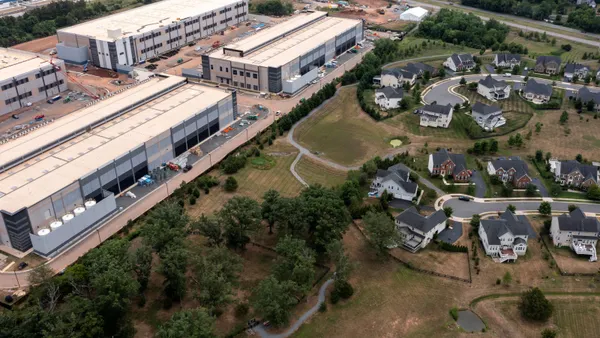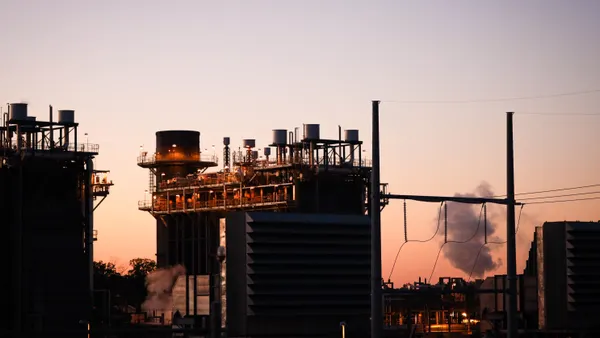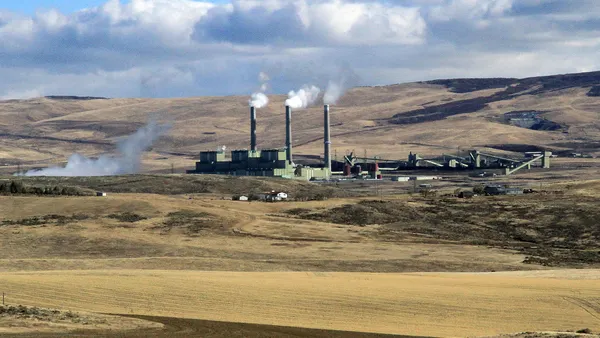Dive Brief:
- The Arizona Republic reports Peabody Energy is working to save the largest coal-fired power plant in the western United States: the 2,250 MW Navajo Generating Station (NGS) in Arizona, which purchases coal from the mining company.
- Peabody has offered coal at a lower fixed price through 2025, and believes new ownership could keep the plant running profitably.
- In February the plant's four utility owners, led by operator Salt River Project, decided to shut it down by 2019, after determining that it could not compete with cheaper natural gas-fired plants.
Dive Insight:
The Arizona Republic's piece on Peabody efforts to keep Navajo online has several interesting details, including an apparent swipe from Peabody at how SRP was operating the facility.
Peabody hired Lazard to try and find a buyer for the plant, and the Republic spoke with managing director Juan Correa.
“We believe SRP is a good and well-respected operator," Correa said, but added there is "plentiful evidence" of efficiencies that could be found at the facility.
Several things would need to happen to make cheaper power, however. A buyer would need to negotiate a new lease with the Navajo Nation, run the plant with fewer employees and only when profitable, secure cheaper fuel (which Peabody is offering), find long-term contracts for the power, and possess a detailed understanding of environmental regulations impacting coal generation.
That may be a high bar, but it is understandable Peabody would take on the challenge as they supply the massive Navajo plant with coal from a mine in northern Arizona. NGS is the sole customer of the Kayenta mine, also located on the reservation, which the company says will close without the demand from the generator.
The new lease may be key: last year, the National Renewable Energy Laboratory issued analysis that pegged the cost of power generated at Navajo at $38/MWh, compared with $32 in 2015. After 2019, that cost will rise to $41/MWh, reflecting terms of a new lease, and then $51/MWh in 2030 due to emissions standards (provided they are not rolled back by the Trump administration).
The U.S. Bureau of Reclamation owns about a quarter of the NGS plant, while SRP claims 43%. Arizona Public Service, NV Energy, and Tucson Electric Power own the remaining shares.
Closing down the plant could have significant impacts on local economies. SRP Deputy General Manager Mike Hummel said in a statement that “the utility owners do not make this decision lightly. ... However, SRP has an obligation to provide low-cost service to our more than 1 million customers and the higher cost of operating NGS would be borne by our customers.”
Arizona Corporation Commissioner Andy Tobin has pegged the number of Navajo Nation jobs at risk from the closure at almost 3,000. He told SRP leadership in a letter that they face "economic devastation," and the utility "must fully explain to the tribes and the people of Arizona how it plans to address the human toll the company will cause if NGS closes."














